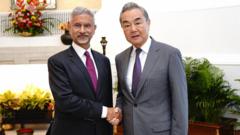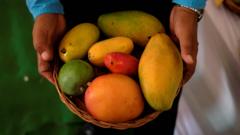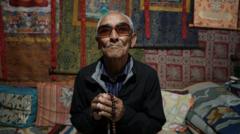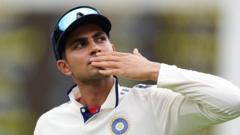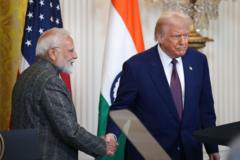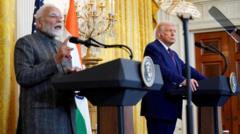"Titled 'Ancient India: Living Traditions,' the exhibition showcases 189 artifacts representing centuries of spiritual art in Hinduism, Buddhism, and Jainism, highlighting transformative shifts in depiction from symbolic to human forms."
"Exploring India's Spiritual Art: A Journey Through Time at the British Museum"
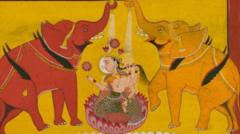
"Exploring India's Spiritual Art: A Journey Through Time at the British Museum"
"The British Museum's new exhibition unveils the evolution of India's divine artistic expressions."
A new exhibition at the British Museum titled "Ancient India: Living Traditions" invites visitors to embark on a visual journey through the evolution of India’s spiritual art over the last two millennia. The showcase brings together 189 exceptional artifacts, including sculptures, paintings, and manuscripts, illustrating a rich history of artistic expression that reflects the intricate connections among Hinduism, Buddhism, and Jainism.
The transformation of Indian art between 200 BC and AD 600 is particularly fascinating, as it marks a transition where divine figures, previously presented in symbolic formats, began to take on more recognizable human forms. With a shared cultural lineage rooted in ancient nature spirits, such as serpents and peafowl, these three religions navigated significant changes in iconography that still resonate today. Exhibition curator Sushma Jansari notes, "Today we can't imagine the veneration of Hindu, Jain, or Buddhist deities without depicting them in human form."
The exhibition meticulously traces continuity and change across five sections: beginning with representations of nature spirits, followed by explorations of each religion's unique styles, and finishing with the global diffusion of these faiths and their artistic expressions, reaching as far as Cambodia and China.
One of the highlights is a stunning two-sided panel depicting the evolution of Buddha, dating back to AD 250 on one side and representing a more abstract form on the other, an extraordinary illustration of this artistic transition. Similarly, in the Hindu section, early bronze statues indicate the gradual shift toward recognizable depictions of goddesses.
Jain religious art, which focuses on the 24 tirthankaras or enlightened teachers, features stunning examples from as early as 200 AD. The curators point to the commonalities among the artworks produced in ancient Mathura, indicating that collaborative workshops fostered shared artistic styles.
Unlike previous exhibitions that isolated cultural traditions, this show uniquely intertwines the origins of all three religions' artistic practices, drawing from an extensive international collection with 40 pieces on loan from multiple institutions.
While the exhibit meticulously documents the journey of each object, including many women patrons of Buddhist art, it also leaves some questions unanswered, like the reasons behind the notable shifts in visual language over time. "That remains a million-dollar question," Jansari admits, emphasizing the ongoing scholarly debate surrounding these transformations.
The exhibition doesn't just focus on historical art; it employs a multi-sensory approach to immerse visitors in the essence of active religious spaces, creating an atmosphere filled with scents, colors, and sounds reminiscent of active Hindu, Buddhist, and Jain shrines.
Amid the displays, films feature contemporary worshippers in the UK, bridging the gap between ancient traditions and their present-day relevance. "Ancient India: Living Traditions" runs from May 22 to October 19 at the British Museum, celebrating a rich tapestry of cultural heritage that continues to inspire millions around the globe.

